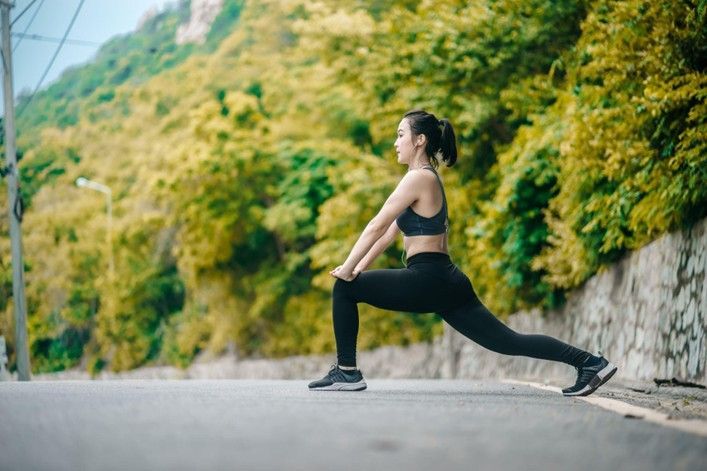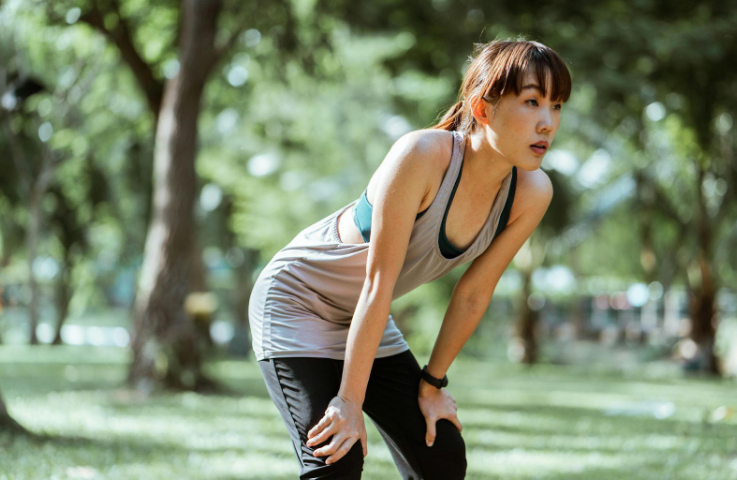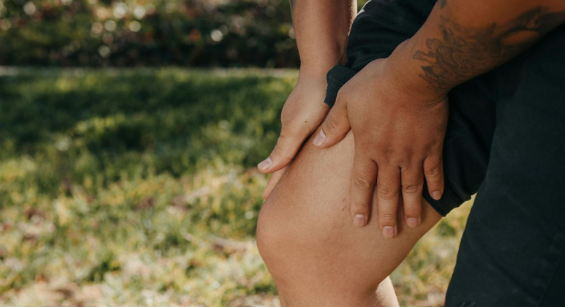How to Stay Active with Chronic Pain Using Gentle Exercises for Summer and Fall

Physical therapy specialists note that regular, low-impact activities can trigger exercise-induced hypoalgesia, a scientifically documented phenomenon where aerobic exercise increases pain threshold and tolerance in chronic musculoskeletal conditions. By utilizing this effect, you can improve daily functioning and regain confidence in movement.
Why Gentle Exercise Is Essential During Summer and Fall
Staying active with low-impact movement during the summer and fall months offers unique advantages for managing chronic pain, joint conditions, and overall physical function. With warmer muscles in summer and lower inflammation in fall, these seasons create the ideal conditions for safe, effective exercise.
Keeps Joints Flexible While Avoiding Stress
Light physical activity encourages synovial fluid production, which lubricates your joints and reduces stiffness. This is especially beneficial for individuals with arthritis or degenerative joint conditions, where immobility often worsens symptoms. Summer’s heat naturally warms up muscles and tendons, making it easier to perform flexibility routines and range-of-motion exercises without risk of injury.
Builds Muscular Support
Even minimal strength training using resistance bands, water weights, or bodyweight can strengthen the muscles that support your joints. Stronger muscles absorb more of the physical load, reducing direct stress on the joints themselves.
This can also help with weight management, which is important because excess body weight increases joint wear and inflammation, particularly in the knees and hips.
Improves Cardiovascular Health
Low-impact aerobic activities like brisk walking, stationary biking, or swimming enhance blood flow, which helps deliver oxygen and nutrients to tissues and remove inflammatory byproducts. Outdoor exercise in moderate temperatures allows for longer sessions without overheating, helping to build endurance while maintaining joint comfort.
Activates Neurochemical Pain Relief
Endorphins, serotonin, and norepinephrine are neurochemicals that help elevate mood and lessen pain perception. They are released when you exercise.
These biochemical changes don’t just offer temporary relief; they support long-term resilience by lowering the intensity and frequency of pain flare-ups. Staying active also helps regulate sleep patterns and reduce stress, both of which are key to managing chronic pain.
Understand the Source of Your Pain Before You Begin Any Exercise
Exercising without identifying the cause of your pain can lead to setbacks, injury, or worsening symptoms. Before building a fitness plan, it’s important to identify the root cause of discomfort through targeted diagnostics that guide safe, effective movement.
High-Resolution MRI and CT Scans
Advanced imaging tools like MRI and CT scans offer detailed insights into the body’s internal structures. These scans can reveal joint degeneration, disc herniations, inflammation, or soft-tissue damage that might not be obvious during a physical exam.
When these issues are identified early, your care provider can design exercise modifications that prevent further irritation, especially in sensitive areas like the spine or shoulders.
Nerve Assessments
If your symptoms include tingling, numbness, or unexplained weakness, electromyography (EMG) and nerve conduction studies (NCS) help determine whether nerve dysfunction is to blame. These tests measure how well nerves transmit electrical signals and can detect conditions like sciatica, peripheral neuropathy, or nerve entrapments.
Knowing whether the pain stems from nerve or muscle involvement allows for more precise physical activity recommendations.
Diagnostic Nerve Block
Confirming the exact source of your pain allows your care team to tailor exercises that promote healing while minimizing the risk of aggravating symptoms. Diagnostic nerve blocks are particularly helpful in this process, offering targeted, short-term relief to better understand your condition. This approach offers accurate treatment to help you move with greater confidence during your recovery.
- A local anesthetic is injected near a specific nerve or joint to isolate the pain source.
- Provides temporary relief, helping identify whether symptoms are nerve-related or structural.
- Differentiates between overlapping pain conditions that may require different treatments.
- Creates a short window of reduced pain, allowing for safe testing of therapeutic movements.
How to Take Advantage of the Weather
Changing your exercises and surroundings with the seasons supports your comfort and joint health. Summer’s warmth helps relax muscles and improve flexibility, making it a good time for gentle, low-impact exercise. As fall brings cooler temperatures, adjusting your routine helps keep you moving and prevents stiffness.
Aquatic Therapy
Water’s buoyancy and warmth ease pressure on your joints while boosting circulation. Activities like pool walking, leg swings with resistance bands, and gentle water aerobics build endurance and flexibility without strain.
The water’s gentle pressure also reduces swelling, making aquatic therapy a great choice for pain relief and injury recovery.
Gentle Cycling
Using a stationary recumbent bike lets you avoid uneven surfaces and control the temperature. Outdoor cycling on flat trails during cooler times connects you with nature. Start with short rides, ensure your bike fits well, and gradually increase your time for safe, comfortable progress.
Mind-Body Exercises
Practices like Tai Chi and restorative yoga combine slow, gentle movements with deep breathing to improve balance and flexibility and reduce stress. Doing these exercises on grass or natural paths adds sensory benefits and promotes relaxation.
Therapeutic Stretching
Cooler weather can make your joints stiff and sore. Regular stretching with gentle holds of 20 to 30 seconds on muscles like hamstrings, hips, shoulders, and back keeps your joints lubricated. Adding dynamic, flowing stretches before activity encourages smoother movement and helps prevent stiffness that worsens pain.
Safe Strength Training
As outdoor time decreases in fall, focus on indoor strength exercises using resistance bands and light dumbbells.
Moves like rows, curls, glute bridges, and shoulder presses build muscle without overloading painful areas. Perform 8 to 12 repetitions per set, resting between, to strengthen muscles that support your joints and reduce pain caused by imbalances.
Create a Pain-Friendly Indoor Environment
Sit with good lumbar support, keep screens at eye level to avoid neck strain, and wear supportive shoes indoors to ease joint stress. Use cushioned mats for standing or floor exercises. These simple changes improve comfort and help you move better throughout the day.
Our Targeted Pain Relief Treatment Plan
When pain prevents you from being active, medical interventions can help you regain the ability to move safely. At PTCOA, our interventional treatments are designed to reduce pain long enough for you to start or resume gentle exercise.
Nerve Blocks
Through the direct delivery of medication to particular nerves, nerve blocks can temporarily alleviate pain. This window of relief allows you to begin physical therapy or basic mobility exercises without overwhelming discomfort.
Radiofrequency Ablation
RFA uses heat to disrupt pain-signaling nerves. Its effects can last for months, giving you the opportunity to rebuild movement habits and improve function without constant interruption from pain.
Spinal Cord Stimulation
For patients with ongoing, severe nerve pain, spinal cord stimulation (SCS) offers consistent relief. This implanted device changes how pain signals travel to the brain, making it easier to stay active and engaged in daily routines.
Ready to feel stronger this season without aggravating your chronic pain? WE, at Pain Treatment Centers of America, offer you customized therapy programs that fit your goals, your condition, and your lifestyle. Contact us to build your summer-to-fall exercise plan—designed around your comfort, progress, and results today!













